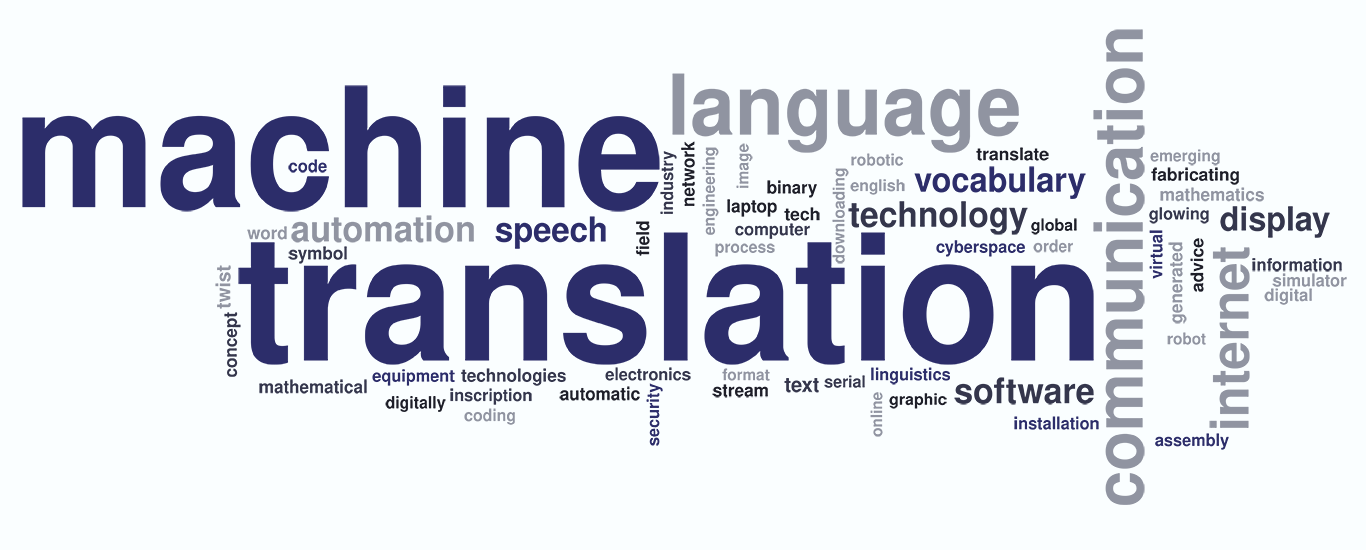Machine translation is use of either rule-based or probabilistic (i.e. statistical and, most recently, neural network-based) machine learning approaches to translation of text or speech from one language to another, including the contextual, idiomatic and pragmatic nuances of both languages.
Machine translation is the process of using artificial intelligence to automatically translate text from one language to another without human involvement. Modern machine translation goes beyond simple word-to-word translation to communicate the full meaning of the original language text in the target language.
Ethics, aesthetics and wider cultural debates Drugan and Babych (2010) have reflected on the ethical implications of the growing use of machine translation, expressing concern, for example, about possible breaches of client confidentiality when free online systems are used and the lack of compensation for and attribution of the original creators of translation data when it is reused to train machine translation systems.
Others have lamented the general obscuring of human translators and their work (Cronin 2003; Kenny 2012) and the undermining of their professional values, in scenarios where they are asked to produce merely ‘good enough’ postedited texts (Kenny 2012). (→ DOROTHY KENNY. R. Encyclopedia of Translation. 3rd. ed. 2020, p. 309).
Most popular machine translations:
Google Translate
Yandex Translate

